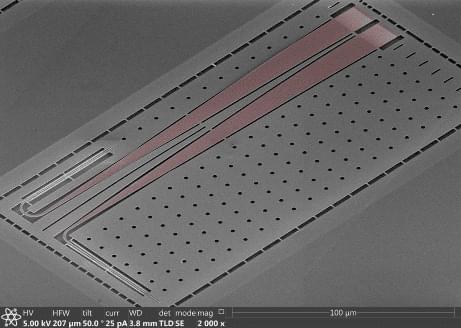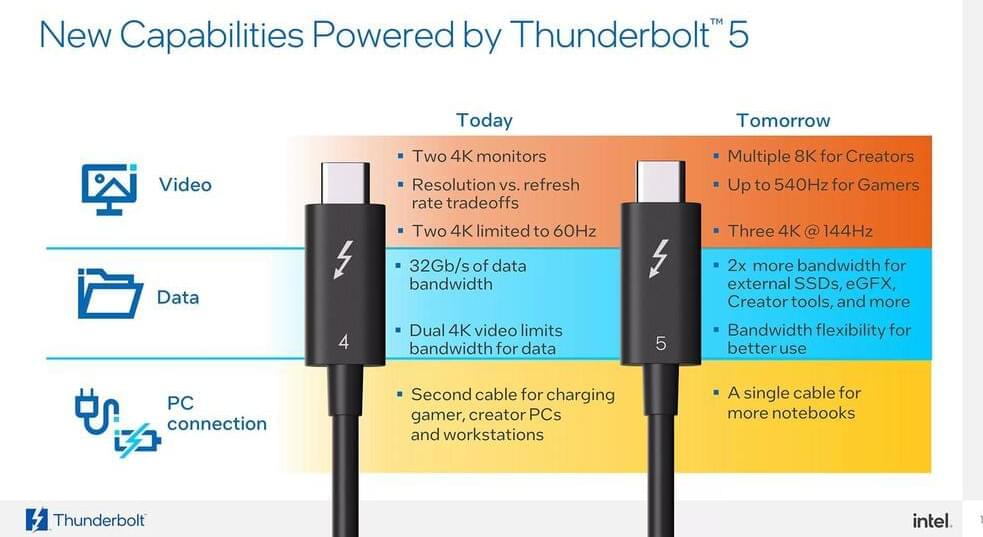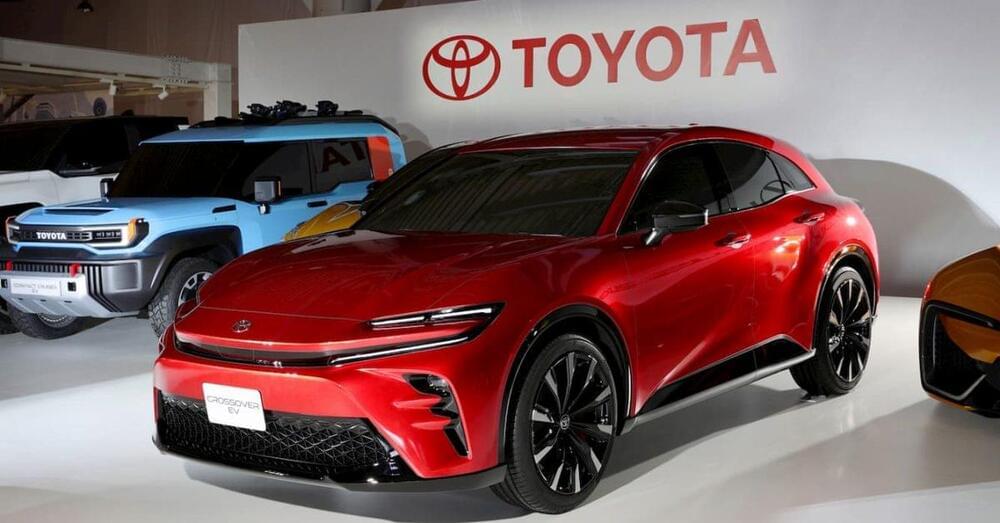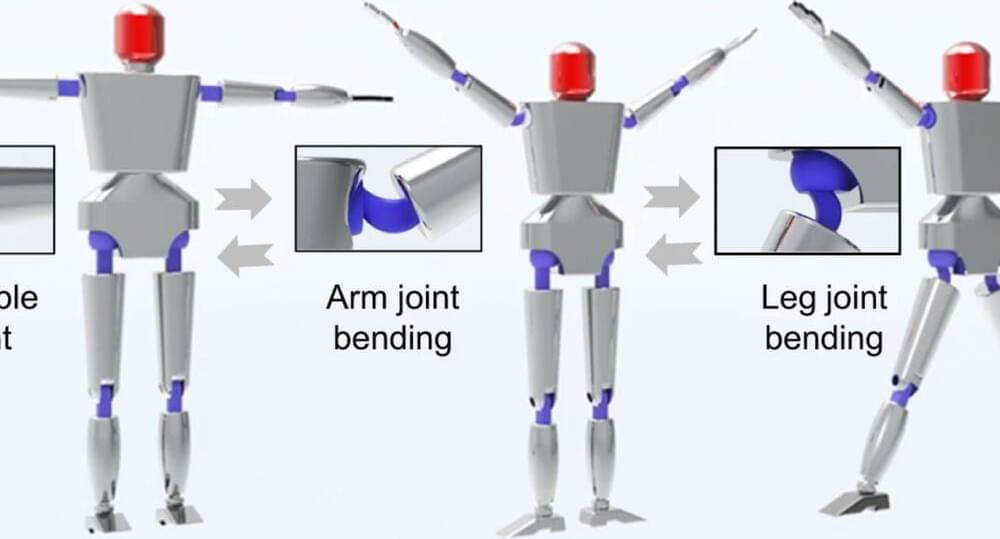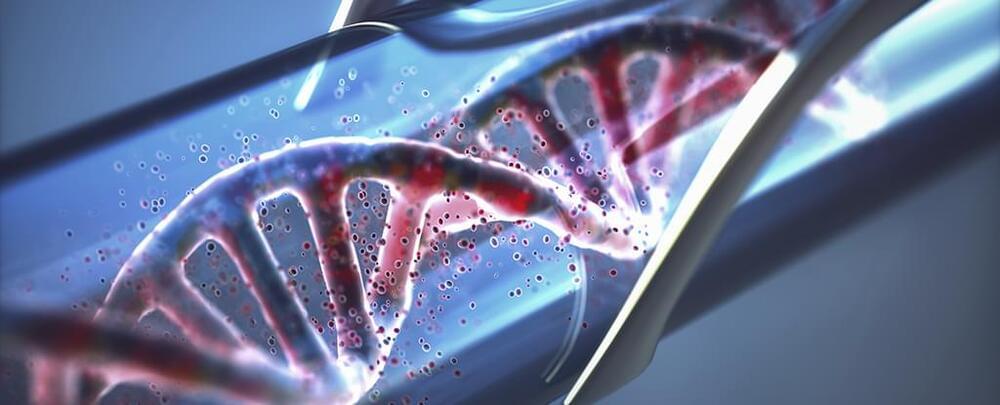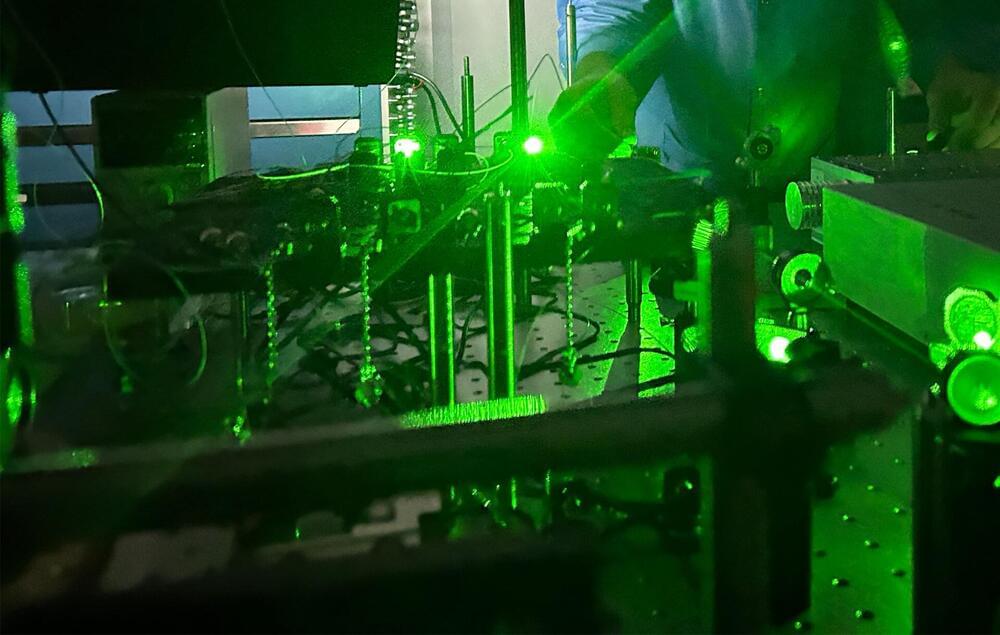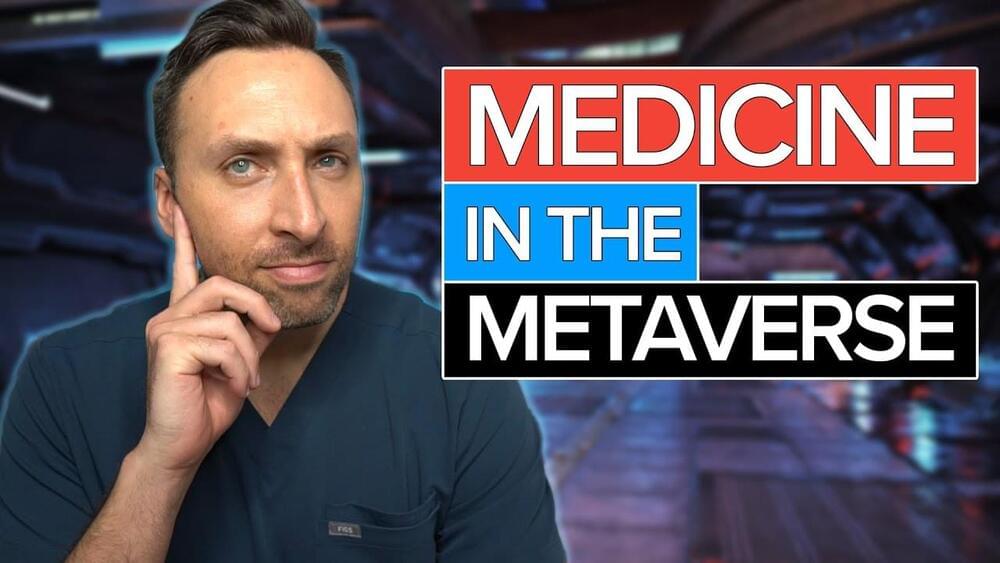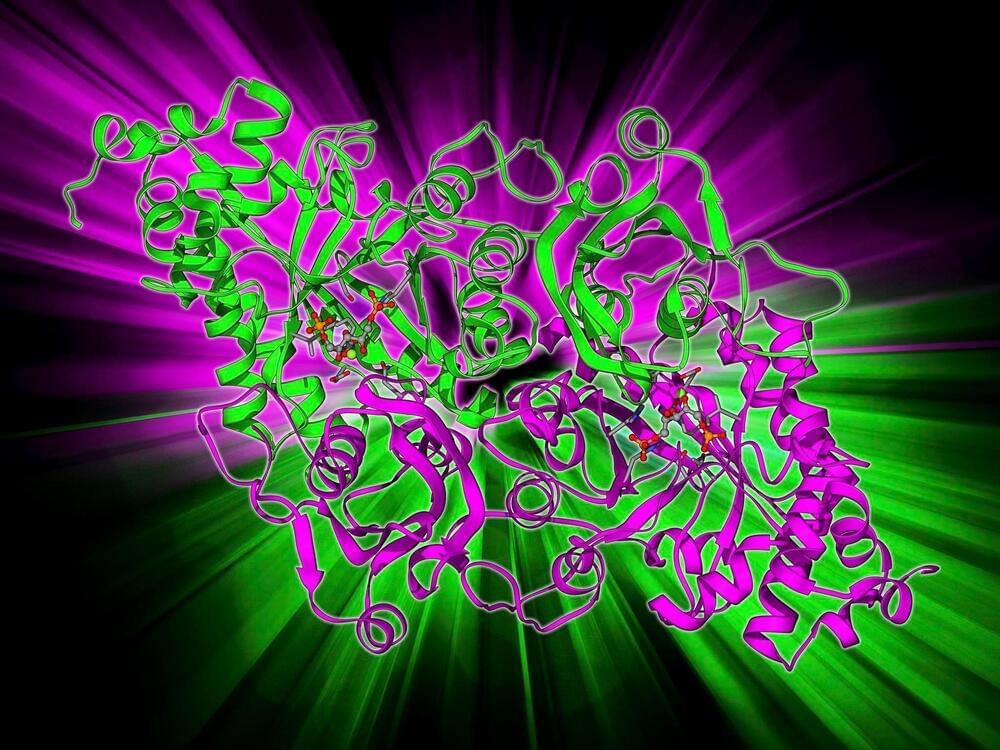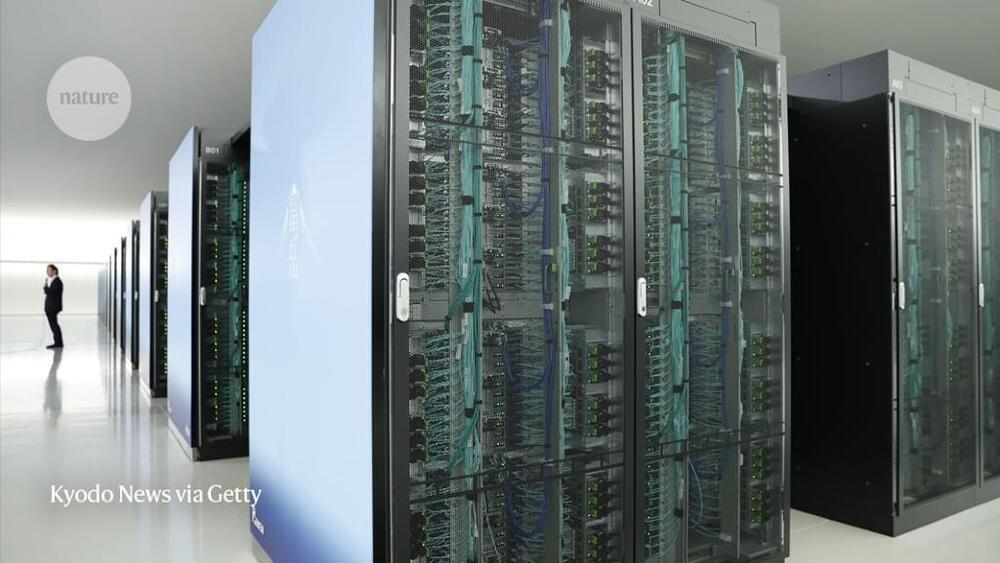Hurricane Lee is bringing dangerous rip currents and huge waves to the East Coast.
Intel today announced Thunderbolt 5 as their next-gen Thunderbolt standard that will allow 80 Gbps of bi-directional bandwidth or a ‘Bandwidth Boost’ mode of up to 120 Gbps.
At the recent launch of its new BEV factory, Toyota vowed its next-generation electric vehicles will deliver longer range and faster charging at a lower price. The Japanese automaker now says its new EVs, due out in 2026, will feature nearly 500 miles of range.
At a technical briefing in June, Toyota revealed several new innovations, including advanced battery plans, improvements in aerodynamics, and manufacturing upgrades as it looks to boost EV sales with its next-gen electric models.
The company shared at the launch of its BEV factory, which is not an actual plant but rather “an organization dedicated to battery EVs,” that production of Toyota’s new EVs will begin in 2026.
Inspired by the flexible joints of humans, the scientists from the University of Science and Technology of China (USTC), of the Chinese Academy of Science, led by Prof. Wu Dong, proposed a two-in-one multi-material laser writing strategy that creates the joints from temperature-sensitive hydrogels as well as metal nanoparticles.
For eons, deoxyribonucleic acid (DNA) has served as a sort of instruction manual for life, providing not just templates for a vast array of chemical structures but a means of managing their production.
In recent years engineers have explored a subtly new role for the molecule’s unique capabilities, as the basis for a biological computer. Yet in spite of the passing of 30 years since the first prototype, most DNA computers have struggled to process more than a few tailored algorithms.
A team researchers from China has now come up with a DNA integrated circuit (DIC) that’s far more general purpose. Their liquid computer’s gates can form an astonishing 100 billion circuits, showing its versatility with each capable of running its own program.
Using laser light, researchers have developed the most robust method currently known to control individual qubits made of the chemical element barium. The ability to reliably control a qubit is an important achievement for realizing future functional quantum computers.
The paper, “A guided light system for agile individual addressing of Ba+ qubits with 10−4 level intensity crosstalk,” was published in Quantum Science and Technology.
This new method, developed at the University of Waterloo’s Institute for Quantum Computing (IQC), uses a small glass waveguide to separate laser beams and focus them four microns apart, about four-hundredths of the width of a single human hair. The precision and extent to which each focused laser beam on its target qubit can be controlled in parallel is unmatched by previous research.
Join this channel to get access to perks:
https://www.youtube.com/channel/UCiPW7OlzTfQjR_vLlkYPZCg/join.
Join the Dr. Cellini Family: https://tinyurl.com/DrCellini.
______
CONTACT ME:
📸 Instagram — https://instagram.com/drcellini.
📹 TikTok — @DrCellini.
🐦 Twitter — https://twitter.com/dr_cellini.
📧 Email: [email protected].
———-
🥼 My Scrubs: https://www.wearfigs.com.
———-
MY TOOLS & GEAR:
🎥 My YouTube Camera Gear — https://www.amazon.com/shop/drcellini?tag=lifeboatfound-20.
⌨️ My Keyboard — Wireless F96 KAT mechanical keyboard — http://iqunix.store/drcellini.
🎵 Where I get ALL of My Music from Epidemic Sound! — https://www.epidemicsound.com/referral/25q7o4/
My Camera: https://amzn.to/2GX4whr.
Reconstructed ancient plant protein should help crops counter the ongoing rise in global temperatures, says Cornell University plant biologist.
Some Japanese researchers feel that AI systems trained on foreign languages cannot grasp the intricacies of Japanese language and culture.

